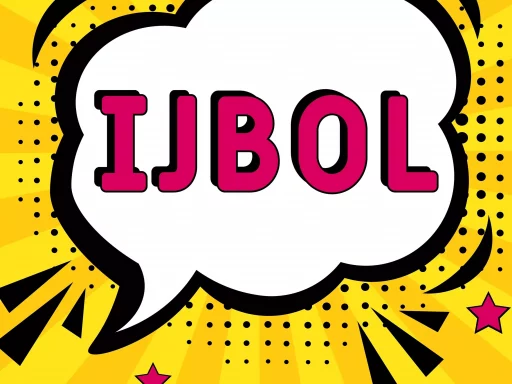Introduction
In the age of digital communication, emojis, abbreviations, and slang have flooded our message threads. One of the most intriguing acronyms to have emerged in this lexicon is ‘Y/N’. If you’ve ever encountered this abbreviation in a text, social media post, or online communication, you might be scratching your head about what it signifies. In this article, we’ll delve into the meaning of Y/N, its origin, use cases, and its prevalence in contemporary communication.
Understanding Y/N
‘Y/N’ is an abbreviation for ‘Yes/No’. This phrase is commonly employed when asking a question that can be answered simply with either a yes or no. Instead of writing out “yes or no” or crafting a more elaborate question, the abbreviation offers brevity, which is often appreciated in quick-text scenarios.
Origin of Y/N
The usage of Y/N has grown alongside the digital communication boom, particularly with the advent of texting and online chatting. As people increasingly sought faster communication methods, abbreviations like Y/N emerged to save time and space. Its use has escalated as social media platforms became mainstream, where character counts in messages matter—a reminder of the early days of Twitter’s 140-character limit.
Common Use Cases for Y/N
Y/N can be employed in various contexts. Here are a few common scenarios:
- Polls and Surveys: Quick feedback prompts often utilize Y/N for simplicity.
- Decision-Making: When faced with a binary choice, Y/N can help in quickly gauging opinions.
- Casual Conversations: It appears in friend group chats or light banter when asking opinions.
- Online Gaming: Players may use Y/N in choosing actions or responses quickly.
Examples of Y/N in Text
Here are a few practical examples of how Y/N is likely to appear in conversations:
- Friend 1: “Do you want to go to the movies tonight? Y/N!”
- Friend 2: “Should we order pizza for lunch? Y/N?”
- Group Chat: “Who wants to go hiking this weekend? Y/N?”
Case Studies: The Importance of Clarity
In some contexts, while the Y/N choice appears straightforward, it may lead to confusion without proper context. Here are two case studies demonstrating clarity and ambiguity in its usage:
- Case Study 1: In a work setting, an employee might text a boss: “Can I take the day off tomorrow? Y/N?” Here, the answer is straightforward, but if the request is habitually denied, adding context (like reasons for absence) could yield a more favorable response.
- Case Study 2: A dating scenario: “Would you like to go out this weekend? Y/N?” If the relationship is new, the answer may be influenced by multiple factors, not just a simple yes or no.
Statistics on Text Communication
According to various studies on digital communication:
- Approximately 80% of text messages are read within 5 minutes of being received.
- Over 58% of millennials prefer texting over other forms of communication for casual conversations.
- Texts with abbreviations can increase speed of response by up to 30%.
Conclusion
In conclusion, ‘Y/N’ serves as a convenient shorthand signifying a binary choice in the fast-paced, digital landscape of modern communication. While it offers efficiency and simplicity, its proper use should always be couched in a common understanding of context. As part of an ever-evolving language shaped by technology, the Y/N abbreviation reflects our desire for quick, clear interactions in a world where time is often of the essence.






